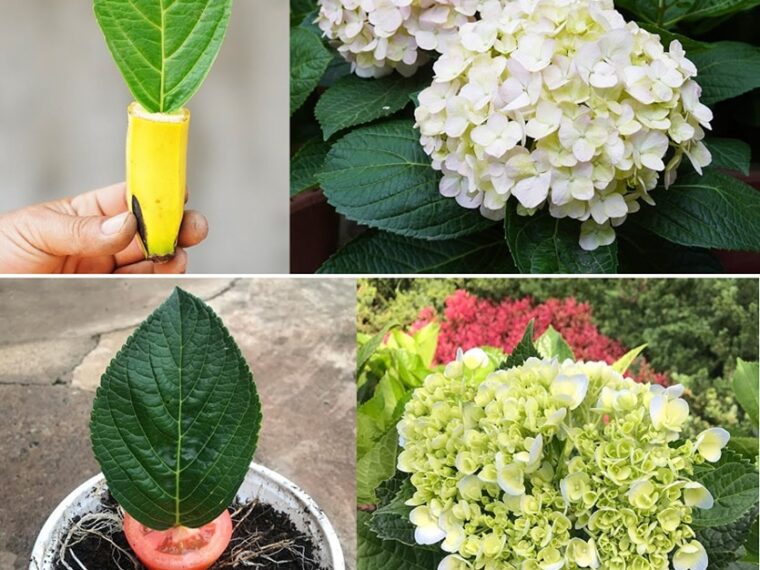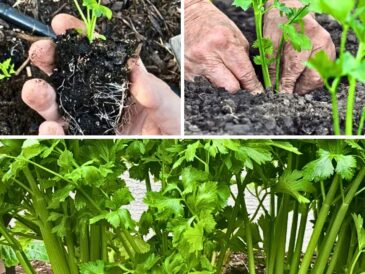Additional Tips for Enhancing Hydrangea Blooms
- Soil pH Adjustment:
- The color of bigleaf hydrangeas (Hydrangea macrophylla) can be influenced by soil pH. For blue blooms, aim for acidic soil (pH 5.5 or lower) by adding aluminum sulfate. For pink blooms, raise the soil pH (pH 6.5 or higher) with lime.
- Proper Pruning:
- Different types of hydrangeas have different pruning needs. For instance, bigleaf and oakleaf hydrangeas should be pruned after blooming, as they bloom on old wood. Panicle and smooth hydrangeas can be pruned in late winter or early spring.
- Adequate Watering:
- Hydrangeas need consistent moisture, especially during dry periods. Ensure the soil is well-drained but retains enough moisture. Deep watering encourages deep root growth.
- Sunlight Exposure:
- Most hydrangeas prefer morning sun and afternoon shade. Too much direct sun can cause wilting, while too little can reduce blooming.
- Regular Monitoring:
- Check for pests and diseases regularly. Common issues include aphids, spider mites, and powdery mildew. Treat any problems promptly to keep your plants healthy and flowering.
Conclusion
With this homemade fertilizer, you can transform your hydrangeas into a stunning display of vibrant blooms. By providing essential nutrients that water alone cannot offer, this solution ensures immediate and abundant flowering, enhancing the beauty of your garden. Regular application, along with proper care and maintenance, will result in lush, colorful hydrangeas that are the envy of the neighborhood. Try this simple yet powerful technique and enjoy the breathtaking beauty of your flowering hydrangeas!




